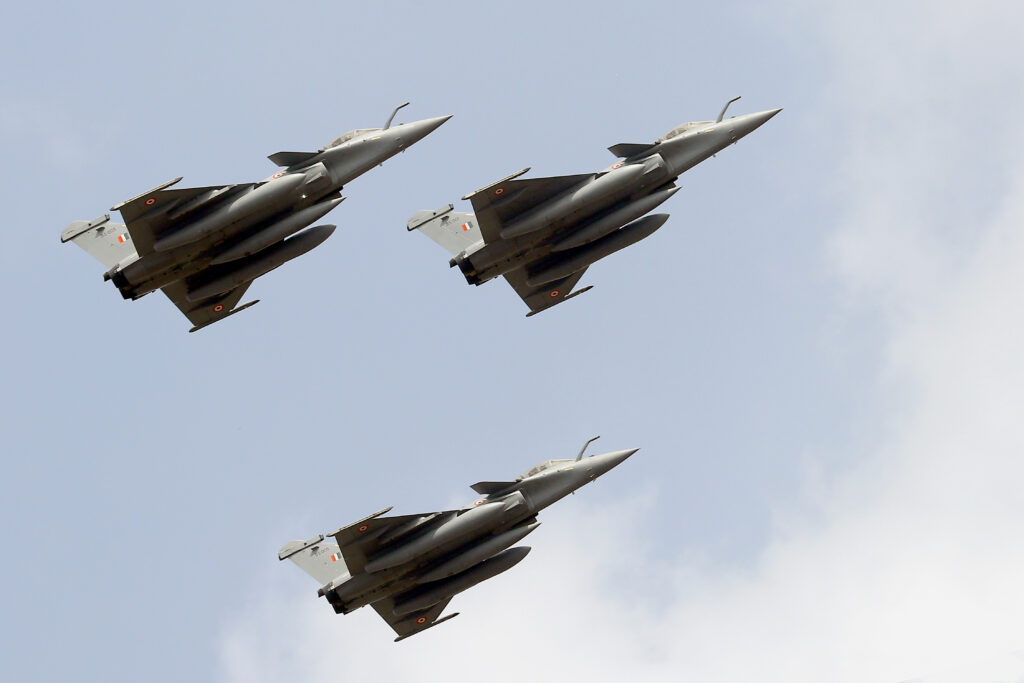Rafale Fighter Jet: India’s Air and Naval Powerhouse
The Rafale fighter jet stands at the forefront of India’s defense modernization, delivering unmatched air and maritime capabilities amid rising tensions with China and Pakistan. Its proven performance in Operation Sindoor in May 2025 and integration with indigenous systems like the Astra missile have made it a symbol of technological prowess and national pride, sparking vibrant discussions.
Acquisition and Fleet Growth
India’s Rafale journey began with a 2016 deal for 36 jets, now operational with the Indian Air Force (IAF) at Ambala and Hasimara. In April 2025, the Indian Navy secured a ₹63,887 crore ($7.5 billion) deal for 26 Rafale Marine jets, tailored for the indigenous aircraft carrier INS Vikrant. Set for delivery between 2028 and 2030, these jets—22 single-seat and 4 twin-seat variants—will replace the aging MiG-29K fleet, with INS Vikrant’s elevators being upgraded for compatibility.
The IAF’s plan for 114 additional Rafales under the Make in India initiative could expand the fleet to 176 jets. However, the ₹100,000 crore cost has fueled debates about prioritizing indigenous options like the Tejas Mk-2. At ₹1,600 crore per jet, Rafale’s proven technology surpasses Tejas’s ₹400–500 crore price tag, but past delays in indigenous programs raise concerns about execution.
Strategic Edge in a Tense Region
Rafale’s multi-role versatility—air dominance, ground attack, reconnaissance, maritime strike, and nuclear delivery—makes it a force multiplier. It competes with China’s J-20 stealth fighter, which prioritizes stealth over sensor fusion, and outclasses Pakistan’s JF-17s, limited by weaker radar. During Operation Sindoor, Rafales executed precision strikes on terrorist camps in Pakistan and Pakistan-Occupied Jammu and Kashmir (POJK), using SCALP cruise missiles and the SPECTRA system to evade defenses without losses, bolstering India’s deterrence alongside assets like the Agni-V missile.
Cutting-Edge Systems
- Air-to-Air: Meteor missiles (120–150 km range) and MICA for close combat.
- Air-to-Ground: SCALP cruise missiles (300+ km) and HAMMER precision-guided bombs.
- Anti-Ship: Exocet AM39 missiles (70 km), critical against China’s naval buildup.
- Defense: SPECTRA’s electronic warfare suite counters threats like the S-400 system.
While Rafale outperforms Tejas in range and systems, its high cost sparks discussions weighing capability against affordability.
Naval Integration and Maritime Power
The 26 Rafale Marine jets will transform India’s naval aviation, operating from INS Vikrant and replacing less reliable MiG-29Ks. The Exocet missile strengthens anti-ship capabilities against China’s Type 055 destroyers, enhancing India’s Indian Ocean presence. The 2028–2030 delivery timeline supports plans for a three-carrier navy, including INS Vishal. However, high operational costs and potential modification delays prompt criticism, with users praising INS Vikrant’s role but questioning budgets.
Advancing Self-Reliance
Rafale supports India’s “Aatmanirbhar Bharat” initiative by integrating indigenous weapons like the Astra missile and DRDO-developed anti-ship systems. Domestic fuselage production and Maintenance, Repair, and Overhaul (MRO) hubs advance self-reliance, though limited technology transfer, such as AESA radar, draws X criticism for foreign reliance. Compared to the BrahMos missile, a global success, Rafale’s indigenization is progressing. However, HAL’s delays with Tejas could impact MRO timelines.
Challenges and Public Views
Rafale’s combat prowess is undeniable, but its high cost and foreign dependency are contentious. The ₹63,887 crore naval deal and potential ₹100,000 crore for 114 jets strain budgets, prompting comparisons with cost-effective platforms like Tejas or AMCA. Defence experts celebrate Operation Sindoor’s success but advocates for indigenous options. Execution risks, evident in AMCA’s delays, fuel concerns about scaling production.
Conclusion
The Rafale jet anchors India’s air and naval power, blending combat-proven capabilities with indigenous integration. Its role in Operation Sindoor and INS Vikrant highlights its strategic value, resonating with defense enthusiasts. Yet, high costs, limited technology transfer, and execution risks spark debates about balancing Rafale with Tejas and AMCA. By leveraging its technological edge and advancing self-reliance, India can secure its airspace and maritime frontiers.


